Did you know the Mongols were some of the fiercest horsemen in the world? They couldn't have reached this status without their equally powerful partners - the Mongolian Horse. This powerful horse may be the oldest true breed with ancient bloodlines in Central Asia. They have influenced the foundation of many of the common horse breeds known today.
Mongolian Horses are one of the most historic breeds in the world. Nomads in Mongolia still use these steeds today for their strong bodies, impressive work ethic, and milk. We've gathered everything you need to know about these hearty horses. Please read about their history, characteristics, personality, equine care needs, and more!
Mongolian Horse Characteristics
Mongolian Horses are short yet stocky, packing incredible strength into their bodies. They weigh about 500-600 pounds, slightly lighter than many racehorse breeds. This combination of a lightweight frame and musculature makes Mongolian Horses extremely versatile. Multiple types of Mongolian Horses come from different regions. Each type has slightly different characteristics. There are no extreme differences between each type of horse, but each kind has some notable traits.
- Desert: Desert Mongolians have larger feet than average, which are often compared to a camel's feet.
- Steppe: Steppe Mongolian horses are the tallest of this breed.
- Mountain: Mountain Mongolians are short and especially strong.
- Darkhad: Darkhad horses are also extraordinarily strong.
Mongol Horses also have short but powerful legs, large heads, and long manes and tails. In Mongolia, their hair is braided into ropes and sometimes even used for violin bows!

Mongolian Horse Size
Mongol Horses are generally 12-14 hands (48-56 inches) tall, and their height largely depends on which region they come from. Mountain Mongolians are typically closer to 12 hands, while steppe horses often grow nearer to 14 hands. A pony is defined as a horse that is shorter than 14.2 hands. Though Mongolian equines meet the technical requirement for pony classification, they are still considered horses.
This is because the Mongolian Horse is one of the oldest breeds in the world. Horses used to be a lot shorter back in the day, so the Mongol gets to keep its label as a horse. Its pony-like size makes the Mongol Horse excellent for young equestrians. In Mongolia, children are tasked with breaking in the foals of this breed. If you're looking for an easy horse to train, this breed is for you.
Mongolian Horse Personality
Mongolian Horses are fearless, and their strength doesn't cause them to become temperamental. The Mongol Horse has the size and stamina of a hot-blooded racehorse, but its personality is closer to a gentle, cold-blooded equine. Though, feral Mongol horses can be testy. These horses are affectionate, but they can be slightly standoffish before becoming familiar with a new rider. Once it gets comfortable with its rider, the Mongol is a calm, loyal, and easily trainable horse.

Mongolian History
Mongol Horses today are nearly identical to those that lived during Genghis Khan's time. Since it is one of the most ancient breeds, the Mongolian's earliest origins are unknown. Throughout its history, Mongolians have been used for travel, horse racing, and war. People quickly discovered this horse's versatility. Mongolian nomads could use them in the Gobi desert since Mongol Horses retain water easily. Genghis Khan rode these horses into battle, crucial to the 13th-century conquest of the Mongol Empire.
Khan and his soldiers believed these horses had spiritual power that would aid them in battle. They would also drink the mares' milk and use the steeds for meat.
Przewalski's Horse
The domestication of Mongol Horses happened progressively throughout Asia. Domesticated Mongolians could always mate with wild horses in Asia. This varied gene pool is why it can be difficult to distinguish from Przewalski's Horse. Mongolian Horses were considered descendants of Przewalski's Horse, an ancient breed that is rare but still survives today. However, in 2011, genetic testing proved that Tarpans are the ancestors of Mongol Horses and not Przewalski's Horses.
People sometimes refer to Przewalski's Horse as the Mongolian Wild Horse. The breed we've been discussing is the domesticated Mongolian. The genetic split between Przewalski's Horses and Tarpans (the Mongol's ancestors) happened 120,000– 240,000 years ago.

Unlike many modern horse breeds, Mongolians have a high genetic diversity with little help from people's breeding efforts. Other horse breeds are artificially selected for size, strength, or aesthetics. Mongol Horses prove that if something isn't broken, there's no need to fix it. The Mongolian Horse was eventually brought to Europe and other countries, but it remains tied to the culture of its native country. Present-day nomads in Mongolia possess 3 million animals (more than the country's population), many of which are Mongol steeds!
How To Care for a Mongolian Horse
Mongol steeds can withstand harsh circumstances. In Mongolia, people use them as riding horses or on the farm. The rest of the time, they roam free, finding food and water for themselves. Even though Mongol Horses live in such tough conditions, many horses live to 20-40 years old. This means that the horse could do well without a great deal of maintenance.
Generations of foraging without supervision have made the Mongol incredibly self-sufficient. They are also accustomed to strenuous work or exercise. Though these horses are hard to acquire, you should regularly give your Mongol access to a wide-open space. Besides riding, people also use Mongolian Horses for their milk. In Mongolia, mares are milked six times a day (about every two hours) during the summer months. If you purchase a mare who is used to this milking schedule, you will have to continue monitoring the animal's lactation to avoid discomfort.

Mongolian Horse Training
Racing is one of Mongolia's "three manly arts." Archery and wrestling are the other two. Some of the best racehorses in the world are Mongol Horses, but they aren't suited to structured racing events like the Kentucky Derby. Since Mongolian Horses are often wild and sometimes even feral, the best way to train your steed is by riding them over challenging terrain.
The Mongol Derby is a highly long race in which riders must travel roughly 8 hours daily for ten days. Fortunately, riders swap horses every 25 miles. The best terrain for these equines is rocky and flat, though each type of steed (desert, mountain, steppe, Darkhad) has its specialties. These horses have incredibly sturdy feet. With a feral Mongol, the only concern with long periods of riding is the horse's temperament.
Nutrition and Feeding for a Mongolian Horse
Generally, horses should eat 2% of their body weight in roughage (like hay or chaff) daily. However, the Mongol Horse is accustomed to finding its food. It is rare to see a Mongol Horse anywhere but out on vast swathes of land, so you should not purchase one of these steeds if they can't openly graze.
Coat Color and Grooming
The Mongolian Horse's coat can be white, dun, bay, black, or grey. Different regions of Mongolia have their color preferences. Since these horses live in open plains for much of their lives, they don't require the same grooming as other breeds. Hose off your Mongolian after training to reduce the flies attracted to its sweat. Check its hooves for dirt, rocks, and signs of infection. Use a mane and tail brush to keep its luscious locks from tangling and a body brush along its sides and back.

Mongolian Horse Health Problems
Mongol Horses are not prone to many health problems. After all, this hearty breed has made mainly remained unchanged for over a hundred thousand years! However, every equine can have a sick day now and then, so we've compiled some common horse health issues so you're well prepared.
Laminitis
Laminitis refers to inflammation in the horse's laminae, a soft tissue found in the horse's feet. If your horse has difficulty standing or walking, the issue could be either arthritis or laminitis. If the pulse in the horse's hooves is rapid, the issue likely lies in its feet and not in its joints.
Colic
Colic is abdominal pain in horses, usually indicating an underlying condition. It can describe mild stomach aches or life-threatening gastrointestinal issues. Symptoms include pawing at the ground and an increased pulse. This is a wide-ranging condition, and prevention involves healthy nutrition, constant access to water, and regular exercise. If your horse shows signs of colic, take them to an equine professional immediately.
How To Get a Mongolian Horse
Unfortunately, you might have to book a ticket to Mongolia to try and purchase one of these rare steeds. As we previously mentioned, present-day nomads look after many of these horses. Check EquineNow and eHorses often, but typically, those who own Mongolian Horses are not eager to sell. There is no official registry or organization for the Mongolians. However, the website Equestrianists has plenty of information about the animals and the Mongolian Derby, one of the most challenging equine races in the world.
Final Thoughts - Mongolian Horse
From its native country to Europe and the rest of the world, the Mongolian Horse has existed longer than many modern breeds. They were some of the best war mounts in history. Soldiers would sometimes ride into battle with a herd of Mongolian steeds. Solid and hearty, the Mongolian has been around for so many years for good reason.
You may have difficulty finding a way to purchase one of these impressive equines, but you can always travel to Mongolia for the Mongol Derby. No matter how you get to see this breed, you'll be glad you did!



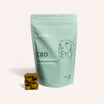


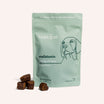
![Probiotics For Dogs [Soft Chews] - HolistaPet](http://www.holistapet.com/cdn/shop/files/Probiotic-Infographic-1_472d7a29-e30c-435a-9638-1365d8c3a9f9.jpg?v=1725384841&width=104)
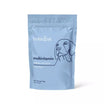





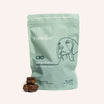






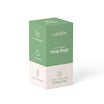



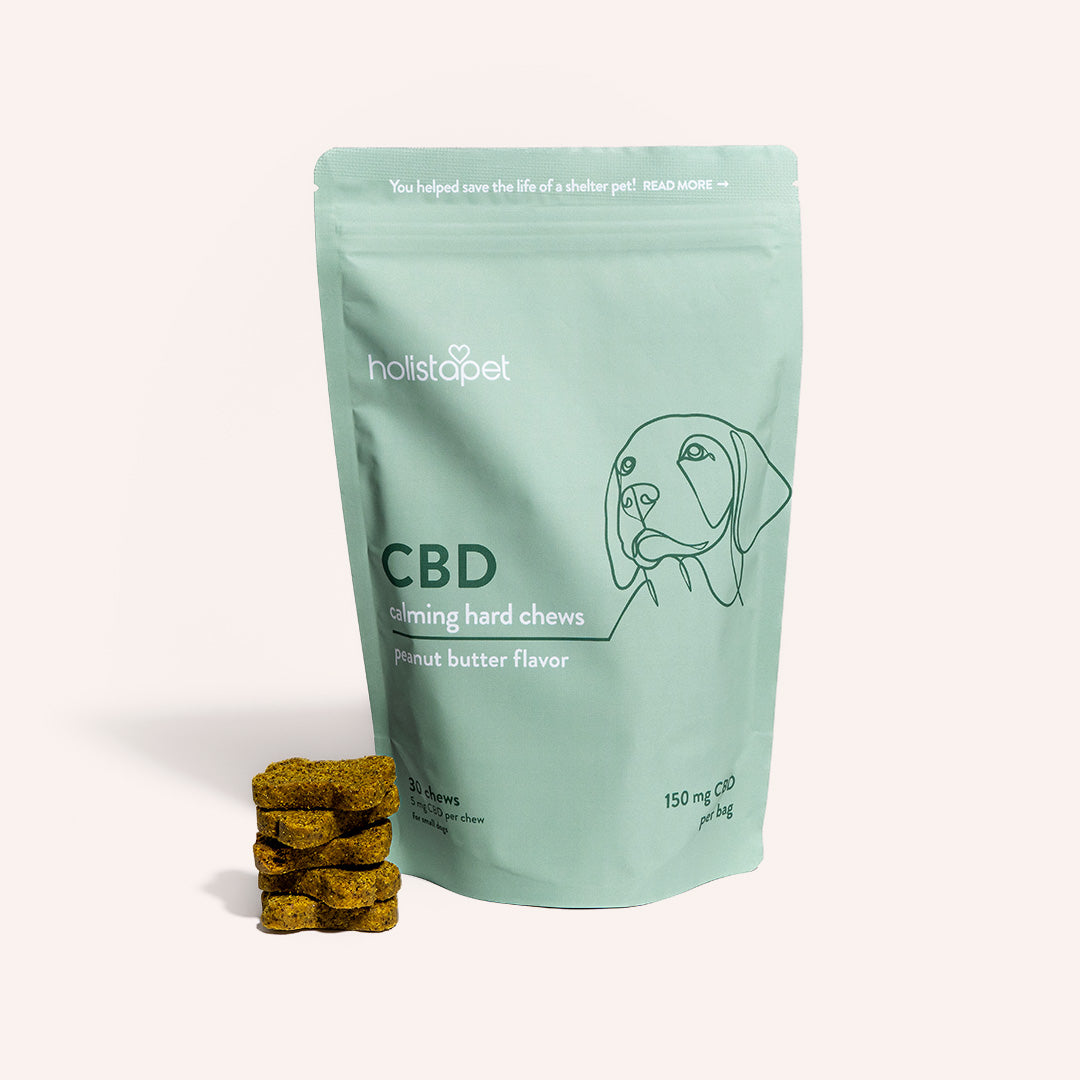
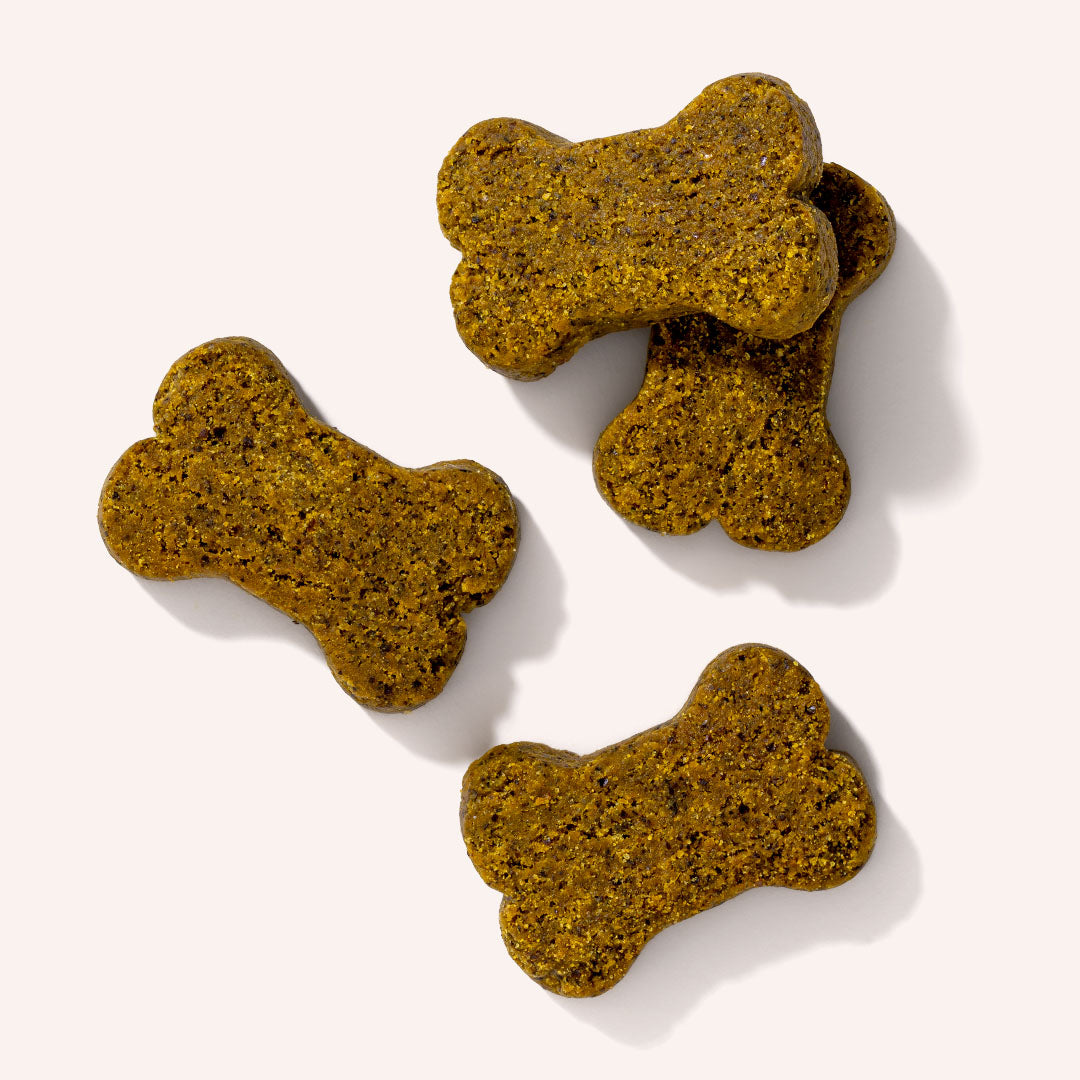
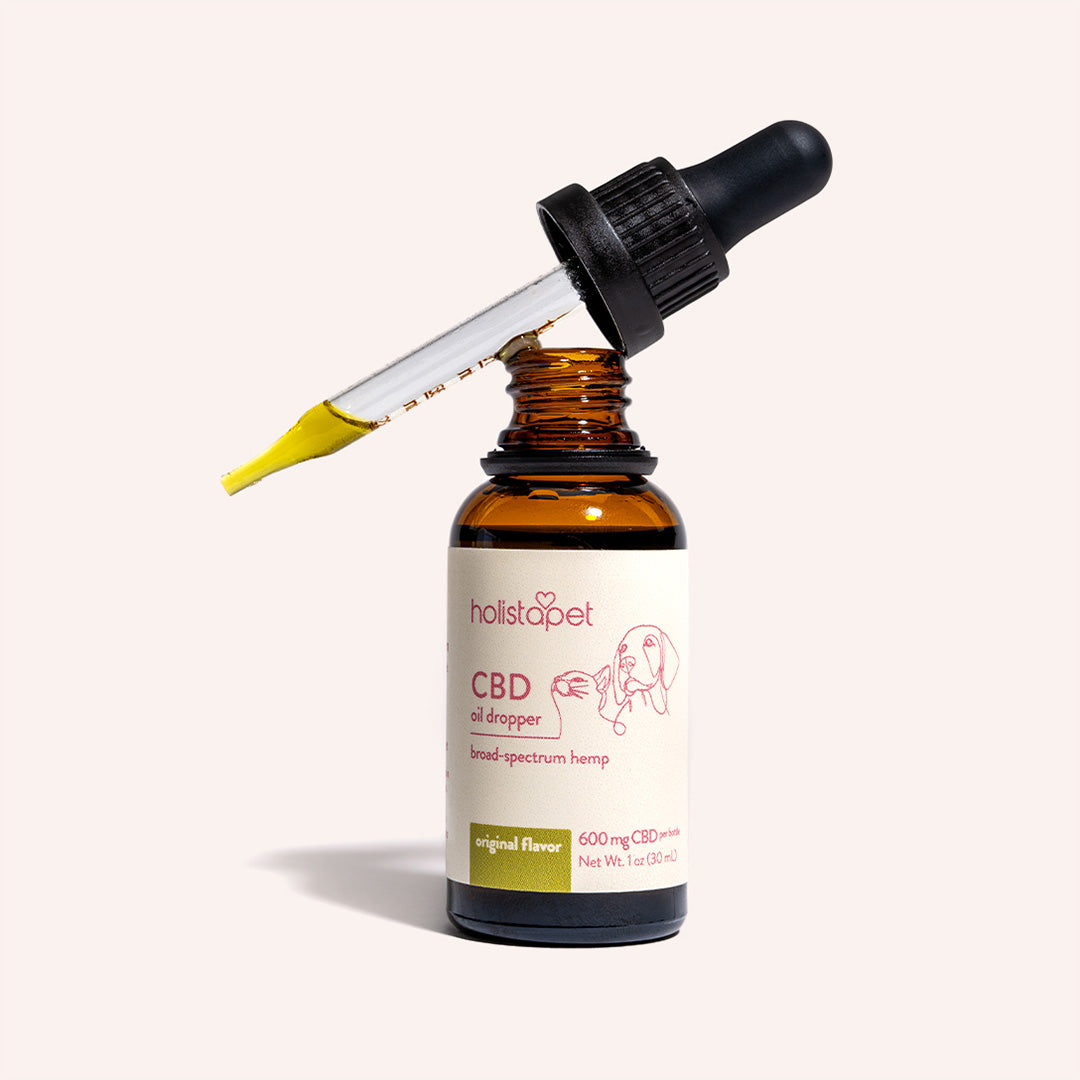
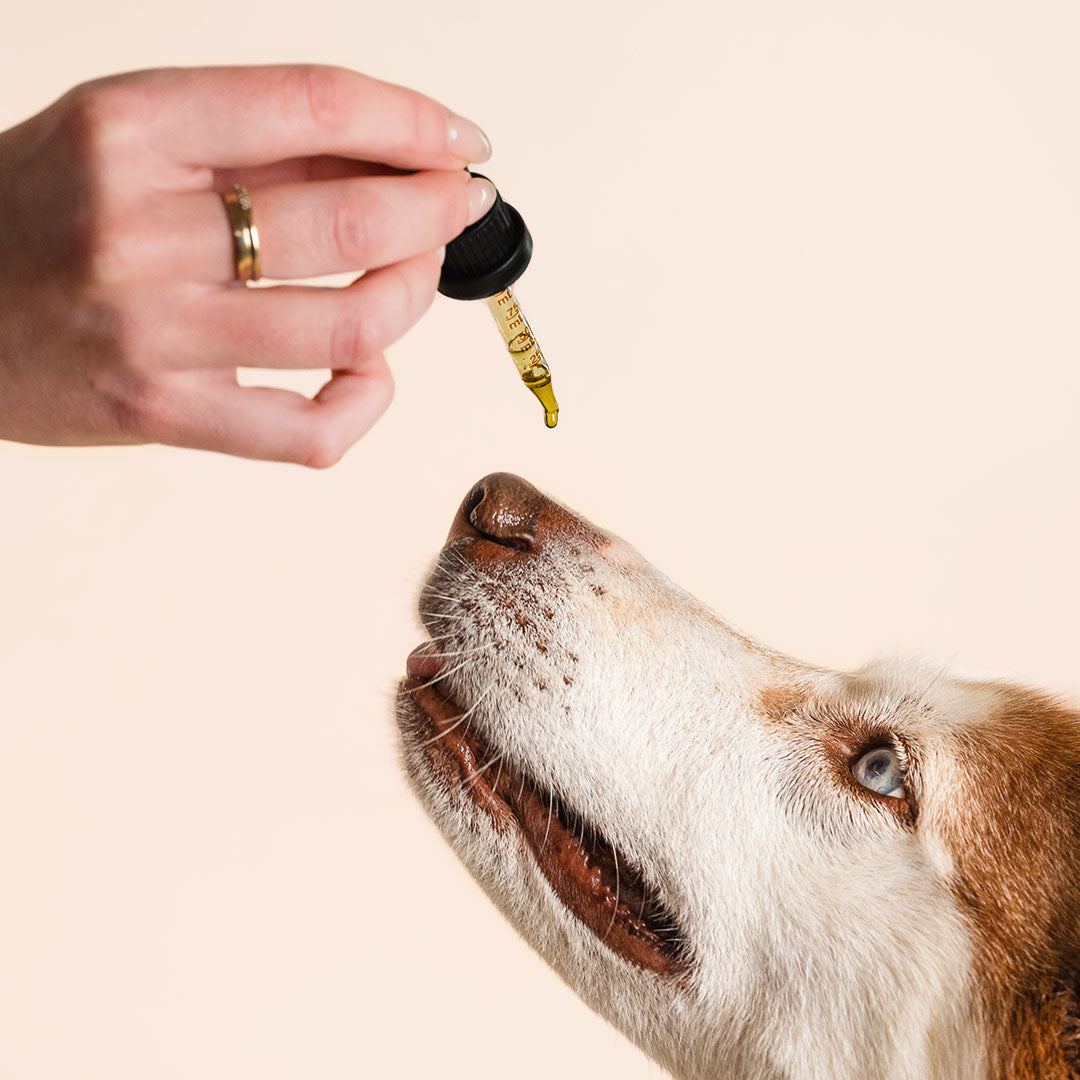
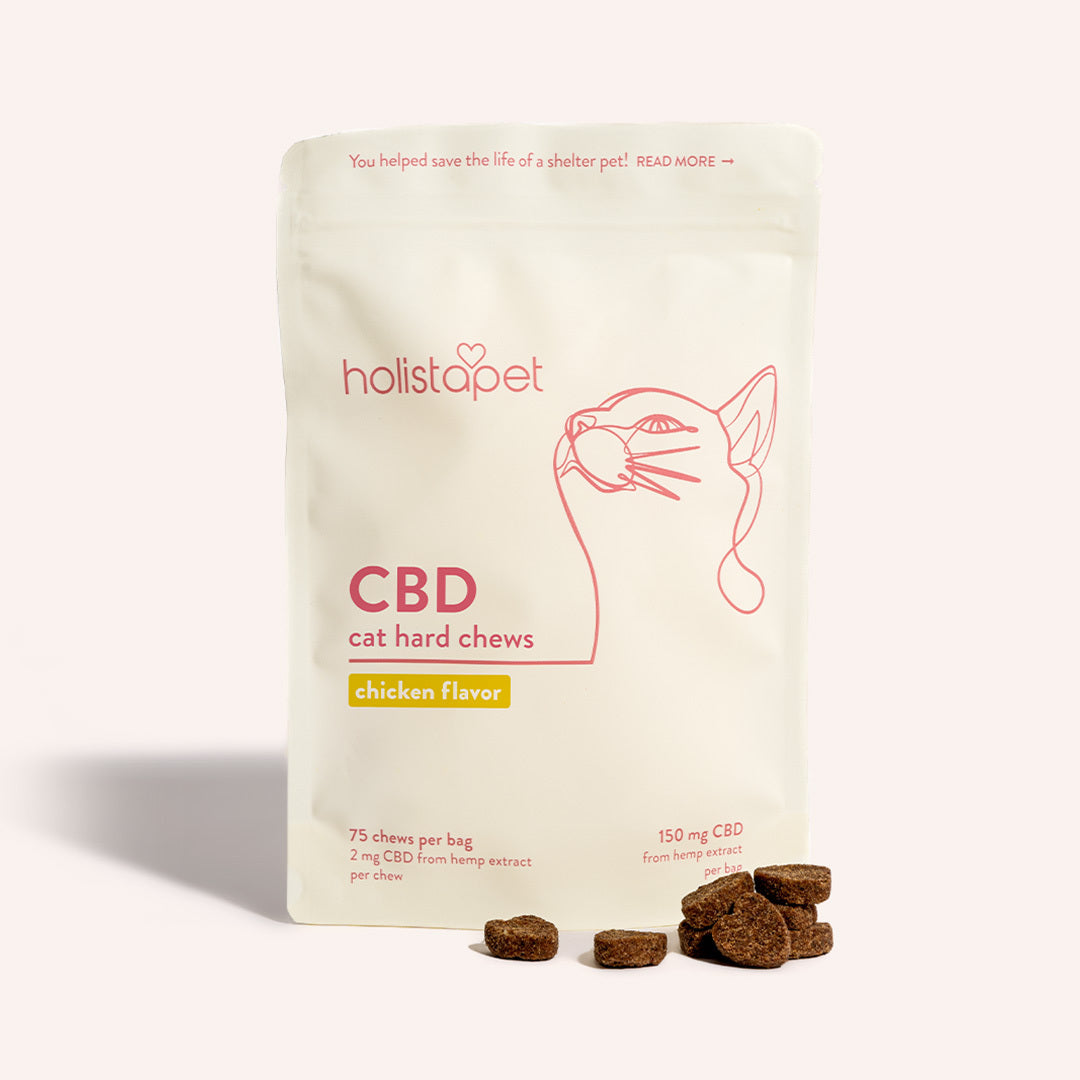
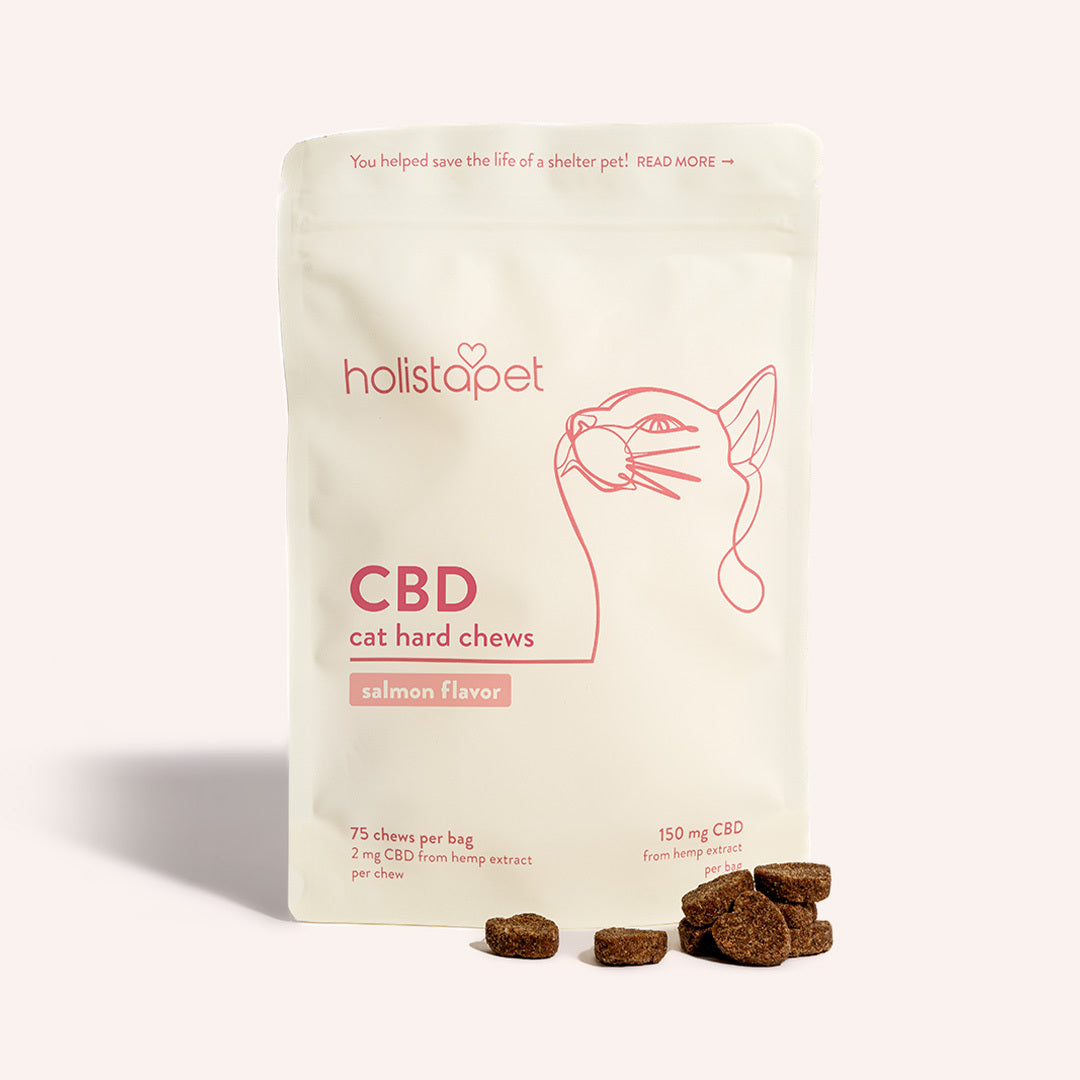
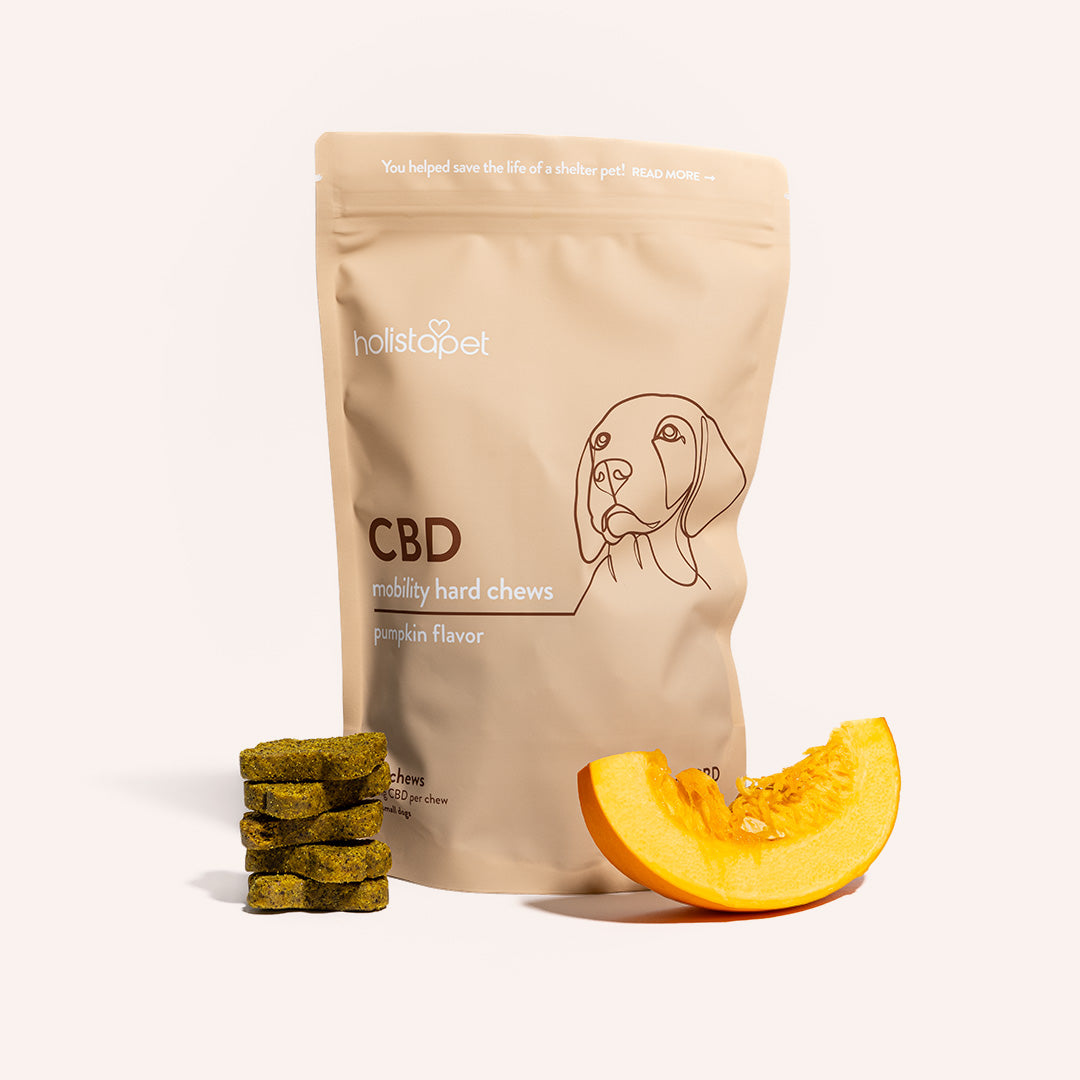
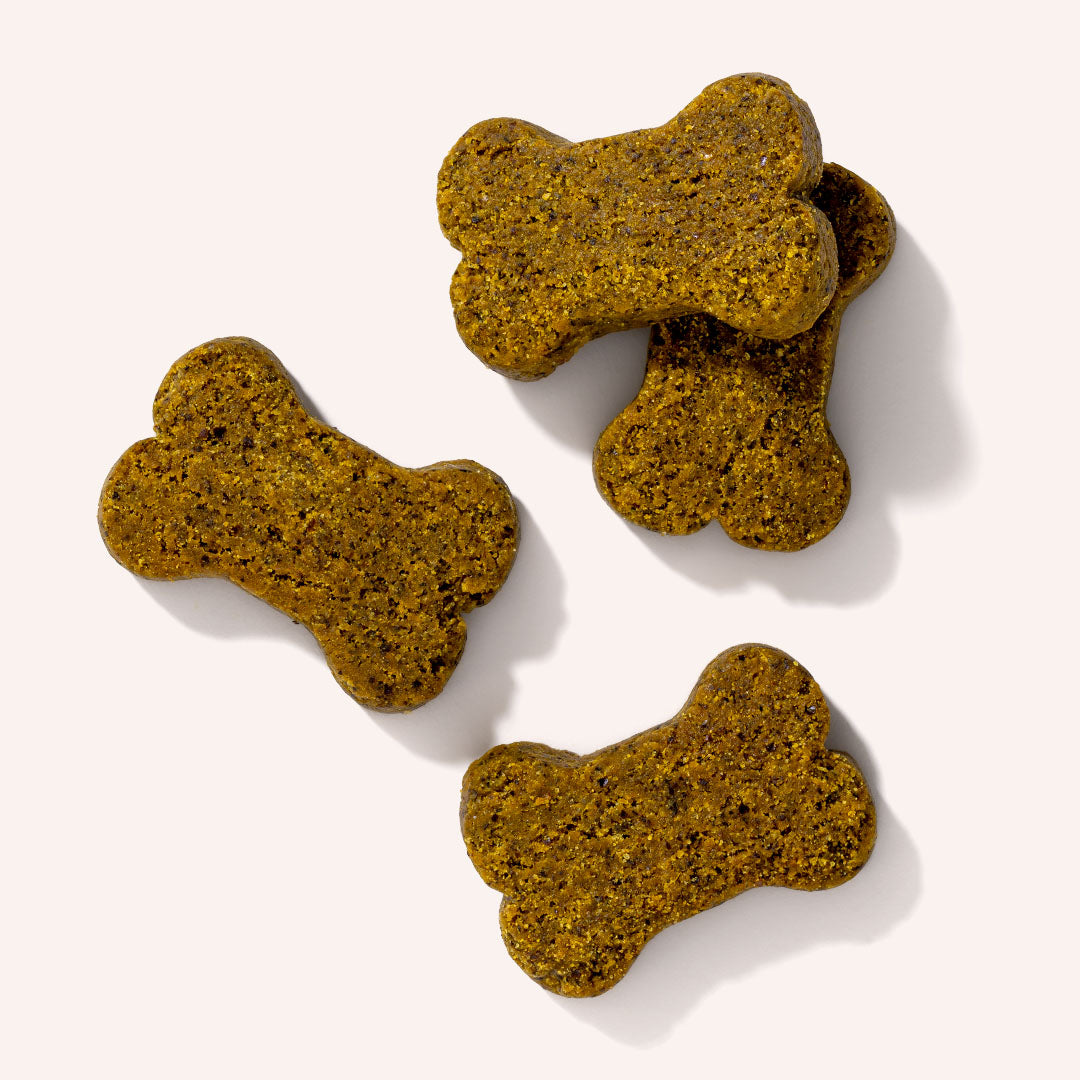

Leave a comment
All comments are moderated before being published.
This site is protected by hCaptcha and the hCaptcha Privacy Policy and Terms of Service apply.